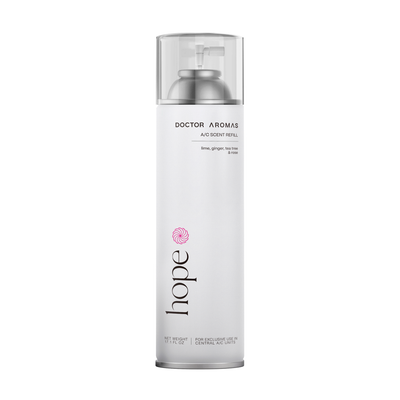4 Tips on How to Use Scent to Boost Brand and Increase Revenue
‘Scent marketing’ and ‘olfactive branding’ are some of the new buzzwords making their rounds in today’s highly competitive market. The premise revolves around the use of aromas in enticing more customers into the stores, encouraging them to shop, and making them come back again as ‘brand loyalists.’
This is backed by solid science, however, as numerous breakthrough studies have been done on the relationship of scent and customer response, with the outcome that the more pleasing the olfactory aspect of the business, the more customers it attracts and retains. Some studies conclude that this has something to do with the proximity of where the sense of smell and memory are processed. Both regions lie close to each other in the brain, so it is inevitable that certain scents are often associated with certain memories. This is what ‘olfactive branding’ is based on, and so far, it is enjoying positive outcomes. But businesses need to keep in mind that for this to work, certain best practices need to be observed.
Align your scent with your brand
In the same way that you align your visuals - and even aurals - with the image you want to convey, you also would want the olfactive aspect of your business to be congruent with your brand. So if you are into selling beachwear, you are in essence selling tropical holidays. For your customers to take a whiff of that vacation in your store, infuse your retail space with the scent of 'Caribbean Breeze.' Delicate jasmine petals combined with sandalwood, amber and musk create a very relaxing sensation in the same way balmy ocean breezes lull you to just sit back, relax and sip cocktails.
Avoid competing scents
A global coffee brand once had to stop selling breakfast sandwiches because the aroma of (often burnt) cheese overpowers that of coffee for which they are better known. There was a de-toxing that happened in all the restaurants of said brand for six months until the atmosphere was pervaded by that unmistakable wake-me up smell. True, their brand is easily recognizable wherever in the world they may be selling coffee, but as their chief executive pointed out, it's the aroma of coffee that matters the most.
Be subtle with the use of the scent
According to studies, the scent that creates better sales is the subtle kind rather than the overpowering type. This of course depends on who your market is: If your market is the 18-35 demographic, then perhaps you can dial up the scent level without being too obvious about your olfactive marketing strategy. But all else being equal, the smell of the place should be noticed by your target market but it should not be intrusive. Some people's scent can be another person's stench, so it's important to use mild to moderate scents.
Use scent in your printed materials as well
For a really cohesive branding, your olfactive marketing efforts should also be consistent with your visuals. Give out promo brochures, business cards and other marketing paraphernalia that are scented with a milder version of what you use in your retail space.






Leave a comment